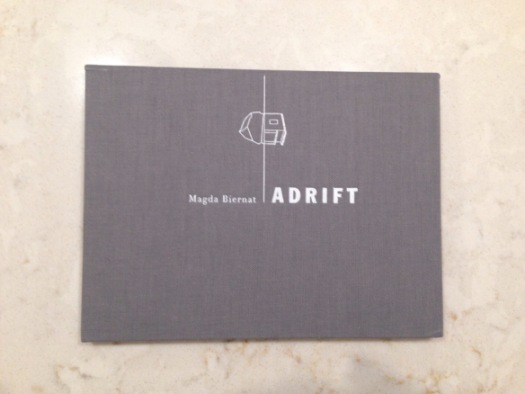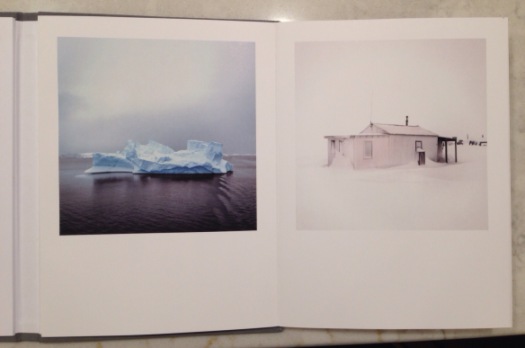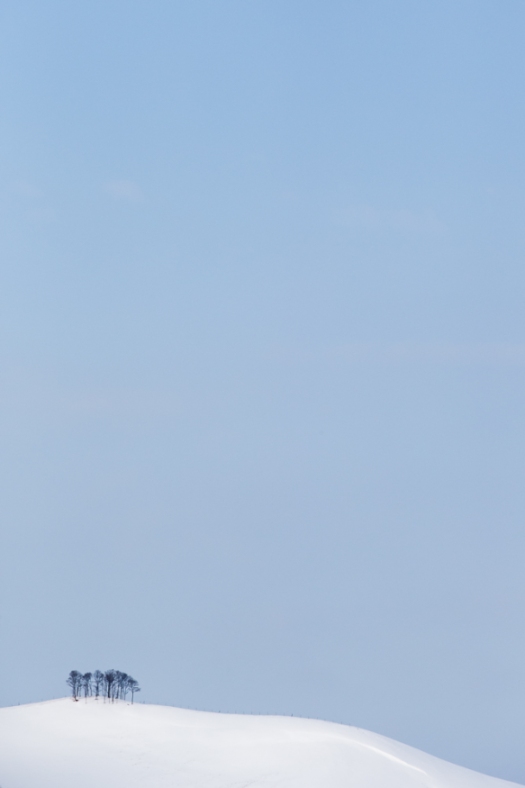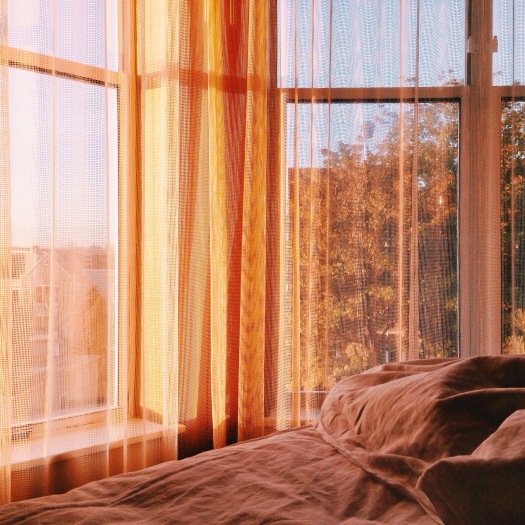In many ways this is a companion piece to making things with meaning while at the same time was written as a kick in the pants for me – to have something to remind me that pursuing the things in life that seem to create their own energy to pull you forward is much better than chasing after something in a lackluster fashion. Anyway here goes…
Once you’ve found the thing or things that resonate with you and not only want to photograph but can’t help but photograph it seems like all issues with writers block, resistance or what have you should evaporate.
It doesn’t though does it? Here’s the deal, if you’re struggling with the resistance, writers block or whatever people are calling it this week you’re either working on the wrong thing – something that doesn’t raise you to the level of white hot and passionate and cause you to become an unstoppable force – or you’re thinking too much about the product, the audience and how will this thing that your pouring your soul into be recieved.
In both cases stop right now.
Stop working on things that you aren’t deeply commited to, that don’t pull you forward into action and more action. Time is short you need to put your energy, and I mean all of your energy, into those few things that you are truly passionate about.
I don’t think that there’s a place for audience while you’re creating the work. Shut out the chatter. In fact my experience is that if you’re truly working on the things that you’re passionate about you won’t have space to think about your audience.
You can figure out the role of audience later – in many ways this is a separate creative act. It’s called marketing.
Your goal initially is to make a lot of work and to do that as best as you’re able. Does this mean that everything that you make will be wonderful? Of course not. By cultivating a circle of friends that you trust to give you straightforward feedback on your work you can get a second and third opinions to help sort the wheat from the chaff after the fact. The more you make the better what you make will become. Keep at it, keep making. This is not a theoretical pursuit.









